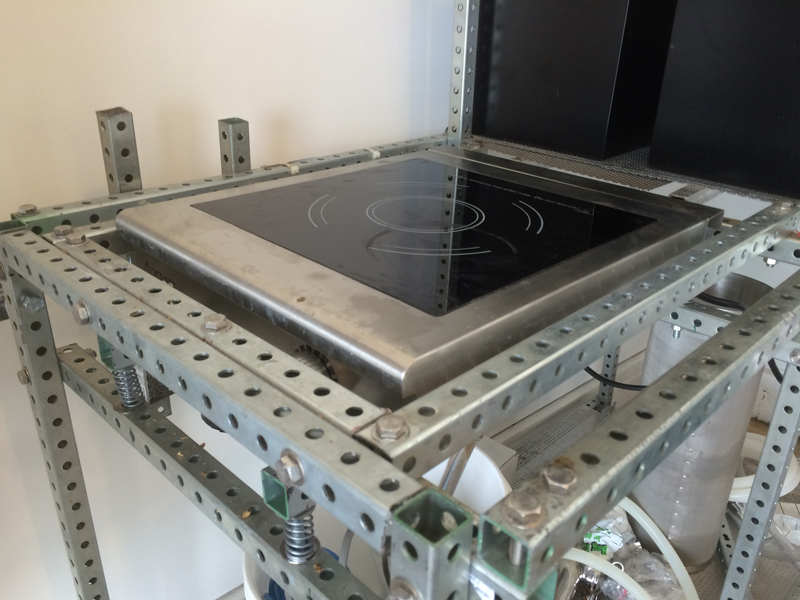Thanks Island. Yeah, you're right. I regularly make stock in large amounts, but that's a mere bubble every now and then, and it does take forever to get to even that. When I make demi-glace from veal stock (reduction method, no roux), it's a 1:20 reduction and that does take forever, though I can get there.
We rent so 240 is out, unfortunately. That induction was a perfect solution, congrats. Oh, one thing I did want to ask about, the specs say can handle up to 10.25" max - "smaller stock pots", and 65 lbs suggested max weight. The kettle alone is close to 20 lbs, (just took a quick one off morebeer) and that doesn't leave you much wort, what, 5 gallons?
So, just asking if you have ever had any worries about this, or it's been fine?
In the past I've thought of a dedicated stock pot range, but that's impossible at this time. You're totally right about worries of something that heavy (and tall - it's no rondeau) on top of a regular range.
Sounding like the best choice may be to just use my existing stand, which at least is good to go for easy transferring and cooling, etc.
5 gallon brewing is the common brewlength. RDWHAH and all that. I feel like I must be missing something...



